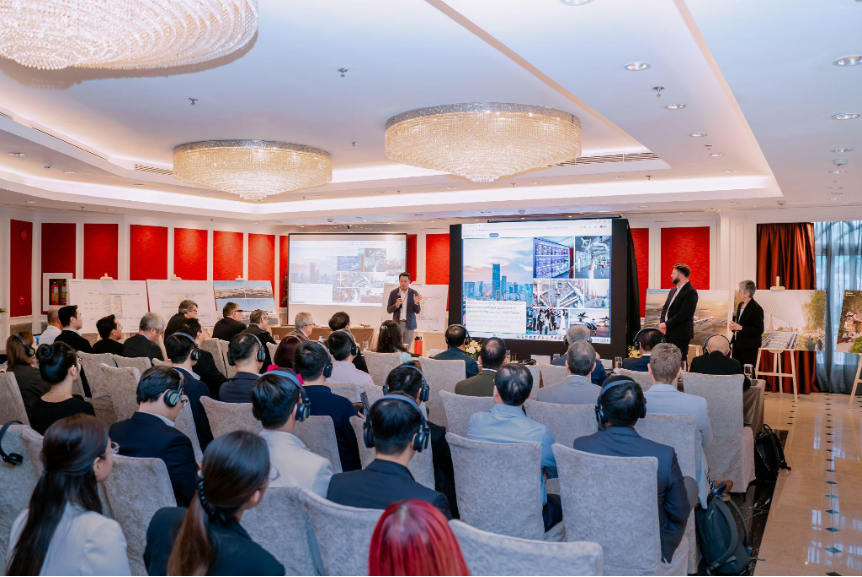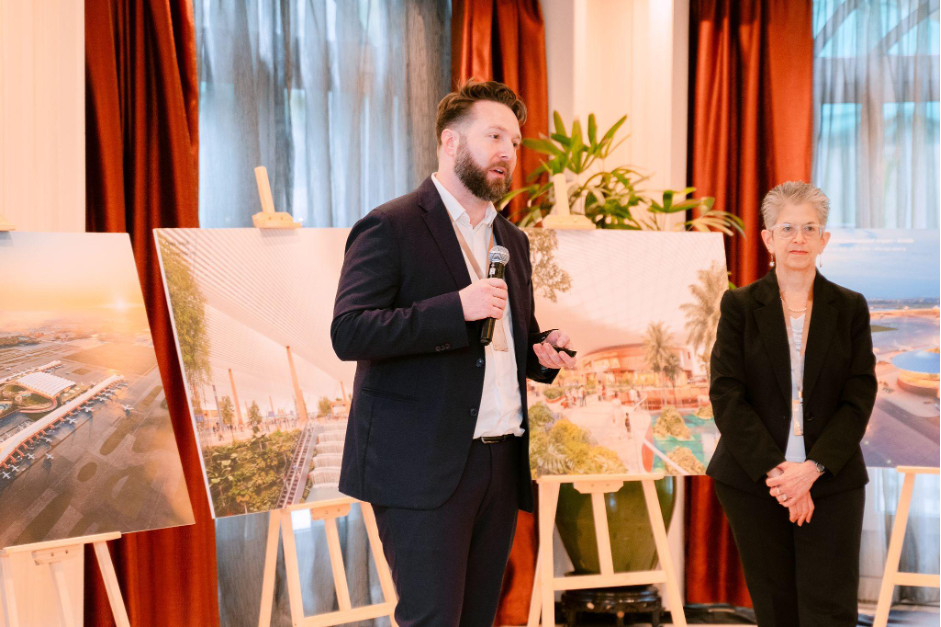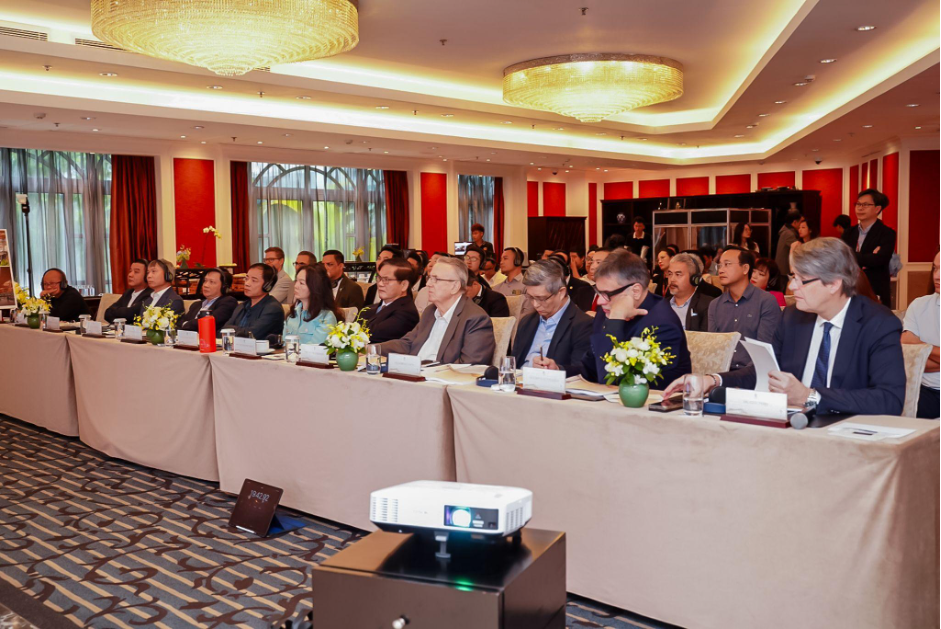
Masterise Group has brought together three of the world’s leading architectural names - Gensler (US), SOM (US), and Nikken Sekkei (Japan) - for an international competition to determine the design of the Gia Binh International Airport Passenger Terminal, a project envisioned as a new national landmark. The contest marks a significant step in Vietnam’s pursuit of modern, strategic infrastructure as the country enters a new phase of economic expansion.
A Northern gateway and future aviation hub
The competition’s presentation round took place on November 8, 2025, at Sofitel Legend Metropole Hanoi. Skidmore, Owings & Merrill LLP (SOM), Nikken Sekkei Ltd., and Gensler - designers of several Skytrax 5-star airports, including Incheon, Haneda, and Changi - showcased proposals rooted in global standards and local identity.
Structured as a fully international design process, the competition included live presentations, independent evaluations, secret voting, and a transparent results protocol. It was conducted in compliance with Vietnamese legal requirements and international norms in architecture, planning, and construction.
An international Jury Panel assessed the final submissions, including Professor Richard De Neufville of the Massachusetts Institute of Technology; architect and urban planner Moshe Safdie of Safdie Architects; Mr. Cristiano Ceccato de Sabata, Director at Zaha Hadid Architects; Mr. Laurence Liauw, Principal Director of SPADA and Adjunct Associate Professor at the University of Hong Kong; and Mr. Trevor Carnahoff, Program Director & Regional Market Solutions Lead Asia Aviation at Jacobs.
Vietnamese representatives from the Ministry of Public Security, Ministry of Construction, the Bac Ninh Department of Construction, and leaders of Masterise Group also participated to ensure professional and regulatory integrity.
Design concepts highlight Vietnamese identity and global standards
In a focused and professional session, all three firms presented concepts shaped by research into Vietnamese culture, landscapes, and the long-term growth of the aviation sector. Each proposal embraced a next-generation “smart – green – sustainable” airport model aimed at enhancing socioeconomic development while placing passenger experience at the forefront.
Sustainability features, including rainwater harvesting, optimized daylight through skylights, nighttime natural ventilation, use of low-carbon materials such as timber and terracotta, and integrated rooftop solar systems, were particularly noted.

Mr. Jordan Pierce, Senior Associate Principal at SOM, explained the firm’s concept: “Our thinking around the design of the new terminal for Gia Binh was that we really wanted to have a design that was inspired by the landscapes of Vietnam, a design that would be resonant with people throughout the entirety of the country because its inspiration would be drawn from the landscapes that make up the beautiful country of Vietnam. We came up with the design of an airport that we're calling the Terminal of the Water Gardens, where each moment of the passenger journey is marked by a different landscape experience centered around water.”
The Jury evaluated the designs against ten criteria, including feasibility, sustainability, creativity, cultural expression, functionality, and aesthetics. All proposals were required to meet international standards for modern airport design and operations. The assessment process involved independent scoring and direct professional dialogue.

Mr. Laurence Liauw, Vice Chairman of the Jury, noted: “I think this is a very good time for Hanoi to develop a new airport. I think the old airport has been around for a long time, and has served its purpose, its full capacity. So apart from expanding the capacity, I think it represents an opportunity for Hanoi to grow the aviation business. The economy and the population are growing very fast. And Hanoi as a kind of global tourist destination on the world map is increasing its footprint. So I think the new airport will be a very welcome addition to the nation's expanding tourism and aviation industry.”
A symbol of global ambition
Envisioned as the northern gateway airport and a future hub for passengers, cargo, and MRO services, the Gia Binh International Airport is positioned to support growth across Hanoi and the Northern key economic region. Designed to meet ICAO 4F technical standards and Skytrax 5-Star service benchmarks, the project carries strategic economic, security, defense, and diplomatic significance.
The airport is projected to handle 30 million passengers and 1.6 million tonnes of cargo annually by 2030, with capacity increasing to 50 million passengers and 2.5 million tonnes of cargo by 2050, positioning it alongside major regional hubs such as Changi, Incheon, and Suvarnabhumi.

Beyond operational targets, the airport aims to be a model of smart, green development, prioritizing energy efficiency, environmental protection, and optimal user experience across all design and operational stages.
The international design competition, executed with rigorous professional standards, underscores the project’s global ambitions and Masterise Group’s commitment to leveraging world-class expertise in shaping Vietnam’s next generation of national infrastructure.








 Google translate
Google translate